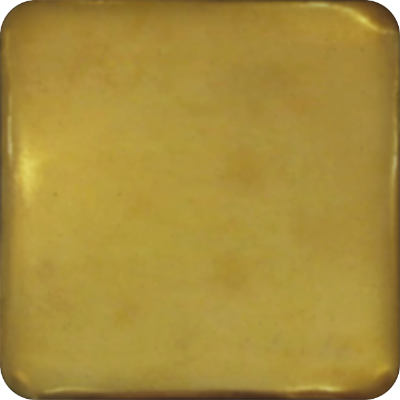Oberleutnant Richard Färber
Personalia
Born:
Died:
Profession:
Memberships
Curriculum Vitae
Richard Färber was born in Brüx in Bohemia [today: Most in the Czech Republic] as the legitimate son of the eponymous k.u.k. Colonel Richard Färber and his wife Alexandra, née Hauska von Zbranikov. Colonel Richard Färber had already converted from Judaism to Catholicism in 1872. Richard Färber had a younger brother and a younger sister. After elementary school in Brüx, he attended the German grammar school in Brüx between 1922 and 1923 before transferring to the secondary school in St. Pölten for a year and from there to the military secondary school in Mährisch Weißenkirchen in 1924, where he graduated in 1931.
On November 1, 1931, Richard Färber joined the Austrian Armed Forces at the Theresian Military Academy in Wiener Neustadt, which he left as a lieutenant in 1936. He was then assigned to the Heavy Artillery Regiment (SAR) and subsequently to the Light Artillery Regiment 9 (LAR 9).
On March 12, 1938, Richard Färber witnessed the demise of free and independent Austria with the invasion of the German Wehrmacht. With the occupation of Austria, German legislation was adopted and with it the 'Nuremberg Race Laws', according to which Richard Färber was classified as a 'Mischling I. Grades' or 'Half-Jew'.
For the time being, Richard Färber is accepted into the German Wehrmacht, into Artillery Regiment 102. On October 1, 1938, he was promoted to first lieutenant. On April 30, 1939, however, he was discharged from the Wehrmacht as a 'Jewish half-breed'. After his discharge, he initially wanted to study at the Hochschule für Welthandel [today: Vienna University of Economics and Business], but then decided to study at the Technische Hochschule [today: Vienna University of Technology]. Under National Socialism, 'Mischlinge I. Grades' required their own permit from the Reich Ministry of Science, Education and National Education in order to be allowed to study.
During this time, Richard Färber joined the resistance group Austrian Freedom Movement around the man also known as 'Mischling I. Grades'. Grades' Karl Lederer, who had been released from the Procurator's Office. In 1940, he managed to forge links with the Austrian Freedom Movement around the Augustinian canon Roman Karl Scholz and the Großösterreichische Freiheitsbewegung around Jakob Kastelic.
From July 1940, a good 300 people from these resistance groups were betrayed by the castle actor Otto Hartmann (Otto Hartmann was subsequently sentenced to life imprisonment in 1947 and pardoned in 1957) and Richard Färber was arrested on August 27, 1940. Shortly before, on July 23, 1940, he had received permission from the Reich Ministry of Science, Education and National Education to study technical chemistry at the Technical University.
He was remanded in custody in Vienna, Anrath and Duisburg-Haborn. While in custody, he was abused to such an extent that he had to be committed to the Galkhausen-Langenfeld sanatorium. He died there on November 8, 1942.
Richard Färber's parents survived the Nazi occupation. After the liberation of Austria and the re-establishment of the Republic, Alexandra Färber joins the newly founded Austrian People's Party (ÖVP) and the ÖVP comradeship of the politically persecuted and confessors for Austria.
Places
Residence:
Citations
Wiener Stadt- und Landesarchiv (WStLA)
Österreichisches Staatsarchiv (ÖStA)
